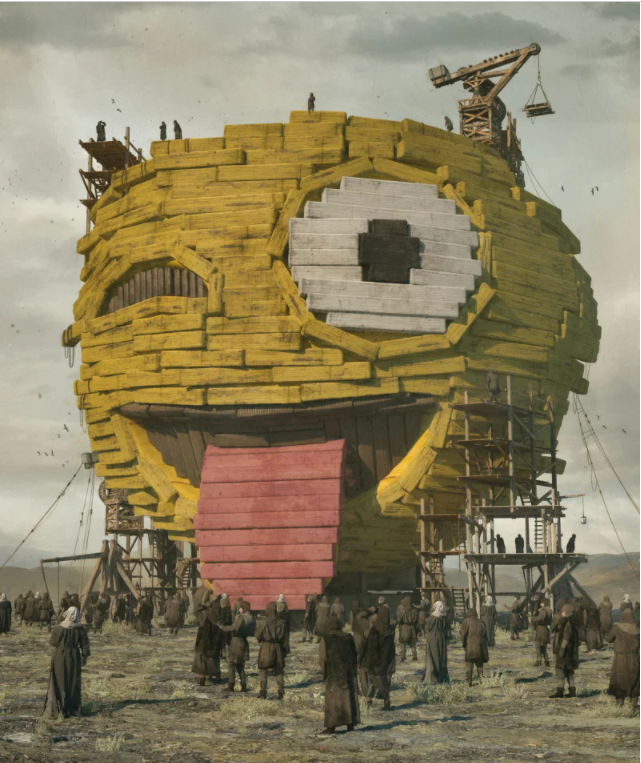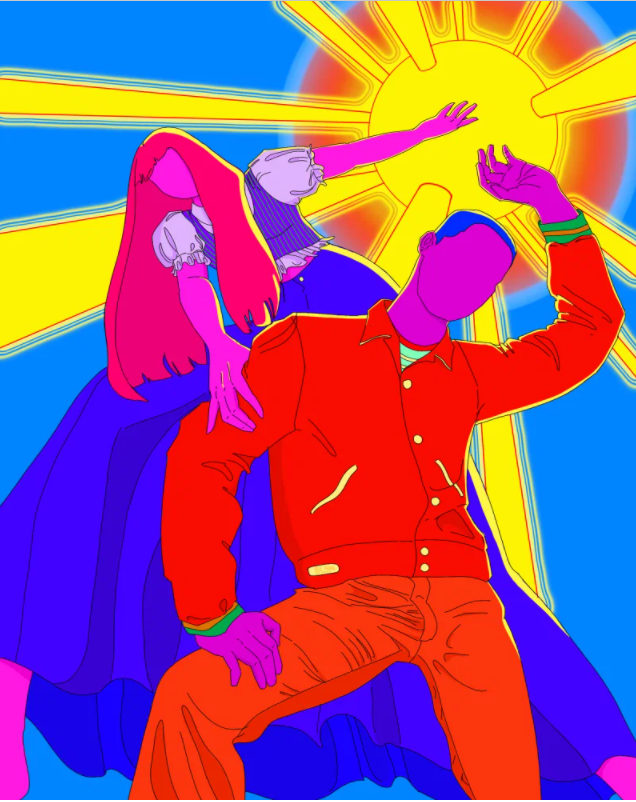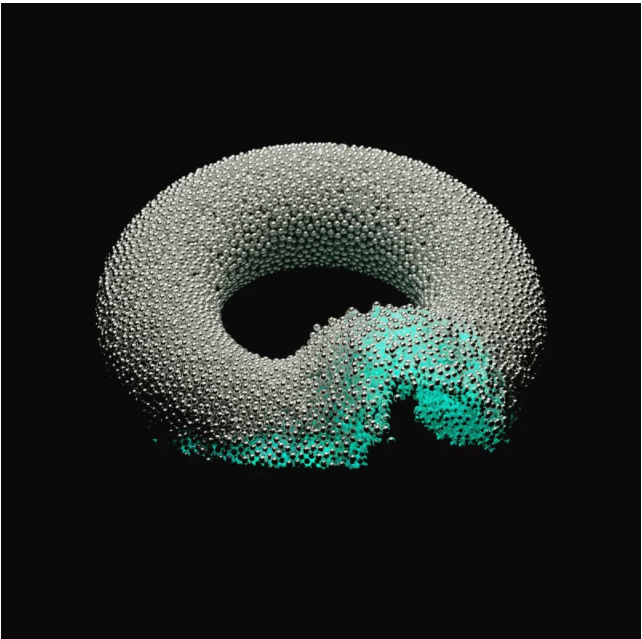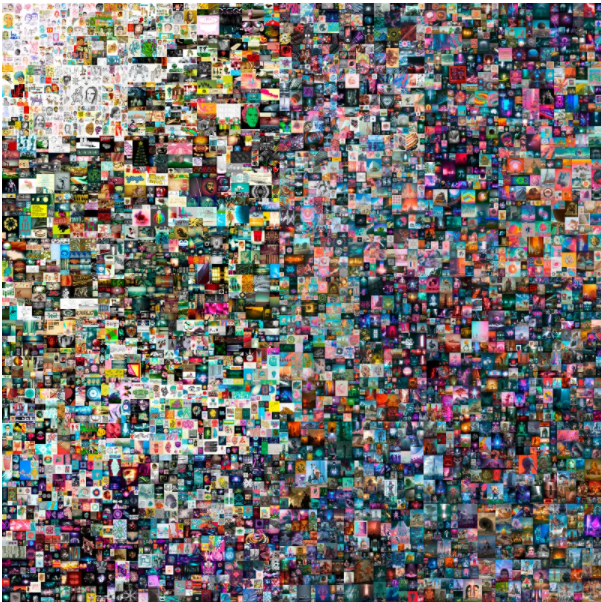Introduction
NFTs are non-fungible tokens that have introduced the arrival of a new age in the art industry. As the world is at the edge of the burgeoning development of the digital market, the art industry has to accept the new rules of modern society. Like digital money, 3D printers for body organs, and sustainable food, the art market will modify the previous form of its occurrence. Cyber art has come into great prominence, and digital artists have to emerge rapidly. It is the new era where individuals want to devise cutting-edge technologies to earn a fabulous sum of money to crack down on outmoded principles and standards. Being a talented artist means getting a handsome sum of money, as they can be compared to people who short a stock where bitcoin is a prevailing currency. However, conventional artists; or gallery owners wonder if NFTs will replace the “brick-and mortar” variations of galleries with real pictures that can make them strained with no decent means of subsistence.
The 20 -year old Jazmine Boykins posted her first artwork online a few months ago. She is famous as a digital artist, and initially, she posted her works for free online. While developing her digital industry, she began to sell art artworks for thousands of dollars each by means of diverse technological innovation implementation that has created the drastic rule changes of digital stake-holding and ownership. Under the influence of this breakthrough in terms of art industry modification, NFTs have emerged. The term NFTs stands for non-fungible tokens tied and attached to assets that can be sold, bought, and traded. NFTs, help digital artists to profit and benefit from their digital artwork in a triple progression. NFTs are considered to be digital computer files coupled with authenticity and ownership proof, like a contract or a deed. These tokens can be compared to cryptocurrencies (Bitcoin), as they are placed on a particular blockchain, where an owner has an asset (a tamper-resistant digital ledger). NFT possess concrete valuations exposed utilizing the highest bidder, such as a Picasso or a Rembrandt.
Artists who want to sell their works have to possess their own individual accounts on a particular blockchain enabling them to sell their pieces; this process is similar to the eBay platform. Assessing its value, the enterprise is treated as absurd and a venture that might fail, as people are sure that no one digital artwork can replace the real masterpiece stained by paintings. Besides, financially-able collectors buy about five pieces that can be shared and overviews online for free. It is a controversial phenomenon that attracts collectors, artists, and ordinary spectators who want to become well-off individuals overnight pursuing the latest fad.
The NFT Merits
Digital art is a kind of latest cyber bubble. Most artists are sick and tired of creating unique content attracting visitors who overview artists’ works on major big tech platforms (Instagram and Facebook). While interacting with Facebook/Instagram platforms, artists get few financial benefits in return, as all their works can be shared and downloaded by other visitors for free. In this case, the artists might be known only for their names or nicknames, but they cannot earn a good living. NFT platform is an ideal possibility for painters to create absolute value for their works, and they can sell their pieces and get money for them. Boykins believes, the alleged establisher of NFT art trade, that this platform embodies different genres and backgrounds where people see the world art values and where they can sell or trade digital pieces. Artists put their whole lives at stake, and they want their effort to be rewarded and compensated. This blockchain is considered to be a long-standing revolution that enables talented human beings to transform and alter the capitalism of consumers with many directions and implications, from home margins to social policies.

The digital form of art has been underestimated because it is pervasively available. NFTs create the significant elements of scarcity to facilitate painters to develop the financial value of artworks (Lambert, 2021). In case collectors know that there is an authentic version of work somewhere, they are longing for the original work. Scarcity implies why collectors are lunging for possession of the limited-edition products of the previous collections of prominent brands.
Collectors of digital art report that they are ready to spend their money not only on cyber pictures abundant with pixels but also for artists’ efforts and labor that have to be rewarded (Visser, 2021). Generally speaking, the NFT art movement is an opportunity to legitimize the new arriving form of art. The zealous supporters of this industry are determined that artists put in their best endeavors to promote their works, and they need economic support and guidance.

The Significance of Crypto Art
After Satoshi Nakamoto’s bitcoin invention, the crypto world was integrated into most industrial applications. It is a case with the creative industry that regards solving the most significant issue of the art world, such as theft and counterfeits. There are several options proving the significance of NFTs; they are:
- NFTs, crypto art with their technologies integrated, are aligned with addressing conventional issues of authenticity and provenance combined with issues of intellectual property, privacy, copyright infringement. NFT integration might help solve authentication issues;
- Several individuals might own crypto art pieces that are more liquid and transparent. While traditional and genuine artworks belong to only one individual, NFTs allow the structure of several buyers. It is multiple patterns where buyers might trade segments of well-known pieces or purchase the whole work;
- The crypto art and NFTs development have several merits to physical and digital artists. The technology of NFTs production lets artists and collectors form valid certifications, register pieces, and minimize plagiarism. Further, it facilitates monitoring the dynamics of the curve of sales and accumulating royalties after accomplished transactions;
- Digital art does not have any disparities concerning race, creed, nationality, identity, and gender, as it is patent for people of all shapes and sizes. It is accessible on the blockchains online, and pieces that are transacted can be observed, enjoyed, and purchased everywhere.

The Rise of NFT Art
The NFT rise is predisposed with the crypto wealth increase corresponding to the progressive rise of Bitcoin prices. This cyber breakthrough was endorsed by several celebrities, such as Elon Musk and his aides and subordinates, and social media coverage. Crypto and digital market and wealth are currently equaled about US$3 trillion annually. All subcategories of the crypto world have begun to emerge, as all crypto financially-able people start to observe other possible options in the digital world for further development. Millionaires in the crypto world noticed that they faced limited opportunities to develop their prosperity and began to enhance their facilities and objectives by means of cryptocurrency (Patrickson, 2021). The media resources cover the topic of NFT’s omnipresent spread extensively, as people have started to invest and allocate their resources to this industry to make quick profits. It means the beginning of the new technological era and the initial process of eliminating traditional auction houses to the core.
The differentiation between technology and art is significant, as traditional artists have to keep up with the current times and follow the current trends in order to be in touch with the developing society. Digital art players consider the NFT market fascinating as it opens many doors for people’s prosperity and stimulates their creative enhancement. However, it made owners of traditional auction houses reassess the management structure they have led for many years. The development of the NFT market has made the majority of representatives of conventional art bemused, as they have understood the drastic changes in their management policy have to be implemented. Many avid lovers of traditional art are looking for new options nowadays in terms of understanding how the NFT business operates and how to implement it in their performance (Wijntjes, 2021). Art collectors who deal with people advanced in years are in a difficult position, as they cannot come up with new methods to advertise all the advantages of digital art. Elderly art fans will hold down on their long-term preferences and never understand digital reality.
According to the latest findings, all digital artists are teaming together in diverse NFT communities to exchange their experiences with each other. This communication helps them assess the previous generation’s faults and accumulate the general standpoints in one uniformed and multiple bodies. There is a vast generosity of ethics occurring in this space, as this world involves independent artists who are ready to work collaboratively with other independent art players.

The NFT Demerits
Even if collectors, artists, and speculators observe more benefits than disadvantages, the NFT phenomena also have significant demerits. The first one is entry barriers- the access to the NFT platform requires a lot of investment to join this community. Besides, a person who wants to be occupied with any crypto networks has to be tech-savvy to sell or buy an NFT. Some people are worried that people of different colors might be left out or nixed because this category has been underestimated and treated as a marginalized category of people in the conventional art reality. Competent experts want to set particular copyright rules and instructions explaining how to deal with technology, as some digital artists tend to perform the NFT transactions with no permission. It might be a case of fraud when people might benefit from other individuals’ work. NFT market space needs further enhancements of digital security in terms of plagiarism-proof.
Crypto Climate Concerns
The NFT industry creates environmental issues globally, as it requires a lot of energy to sustain blockchains and an excessive amount of energetic power. Even Elon Musk, who is a zealous supporter of cyber currency, such as Bitcoin, reported that Tesla reduced its production as it needed a lot of Bitcoin supply, negatively affecting the energetic resources of the Earth. The blockchain’s impact on the environment is a vast and much-spoken issue nowadays, as server nests and the computing power emit many fossil fuels that advocate arguments concerning cryptocurrency. In general, artists who are concerned about environmental issues can project alternative and varied blockchain software and platforms, creating fewer ecological adverse effects (Gibson, 2021). They try to implement new methods of altering the NFT industry utilizing trial technologies. For example, some artists suggest reusing their tokens at extra charges, like an actor receiving an additional honorarium when their show or movie airs several times.
As mentioned above, cryptocurrency requires a tremendous amount of electricity for its maintenance. For example, Bitcoin mining (the top-leading cryptocurrency) consumes as much electricity as it needs to power Ukraine, Sweden, or Malaysia. In recent studies, Bitcoin alone is able to shift the temperature of the Earth about 2 degrees Celsius higher than the fixed historical levels, in case this cryptocurrency is globally implemented in industrial spheres as innovative technology. Crypto mining was blamed several times for power block-outs in Iran, as the energy consumption exceeds the emission of greenhouse gases in China, the Czech Republic, and China. There were a lot of attempts to evaluate the negative impact the NFT technology has caused on the environment. Still, competent experts are sure that the broad carbon emission is immense.
Conclusion
The NFT industry is supposed to be the latest invention in the high-tech sector enabling different artists to join together to develop cyber art. It gives art players a lot of opportunities to become prominent and financially abundant as the NFT platform is more flexible and corresponds to the burgeoning developing world. Conventional artists face many limitations in the “brick and mortar” auction houses, and they need to change something drastically. There are two essential requirements they have to observe: to be tech-savvy; and have enough money to get access. The question is whether it is the new age’s arrival or the end of conventional art. Artists are to decide what options to choose and promote.
Reference List
Beeple, C. (2021). The First Emoji. Digital picture
Beeple, C. (2021), The First 5000 Days. Digital picture
Blacksneakers. (2021) Holding up the Sun. Digital picture.
Gibson, J. (2021). ‘The thousand-and-second tale of NFTs, as foretold by Edgar Allan Poe’, Queen Mary Journal of Intellectual Property, 11(3), pp. 249-269.
Lambert, N. (2021). ‘Beyond NFTs: A Possible Future for Digital Art’, ITNOW, 63(3), pp. 8-10.
Patrickson, B. (2021). ‘What do blockchain technologies imply for digital creative industries?’ Creativity and Innovation Management, 30(3), pp.585-595.
Pak, S. (2017). Metanoia. Digital picture.
Visser, A. (2021). ‘NFTs: How do they work?’ Finweek, 2021(9), pp.44-45.
Wijntjes, M. W. A. (2021). ‘Shadows, highlights and faces: the contribution of a ‘human in the loop’to digital Art history.’ Art & Perception, 9(1), pp. 66-89.